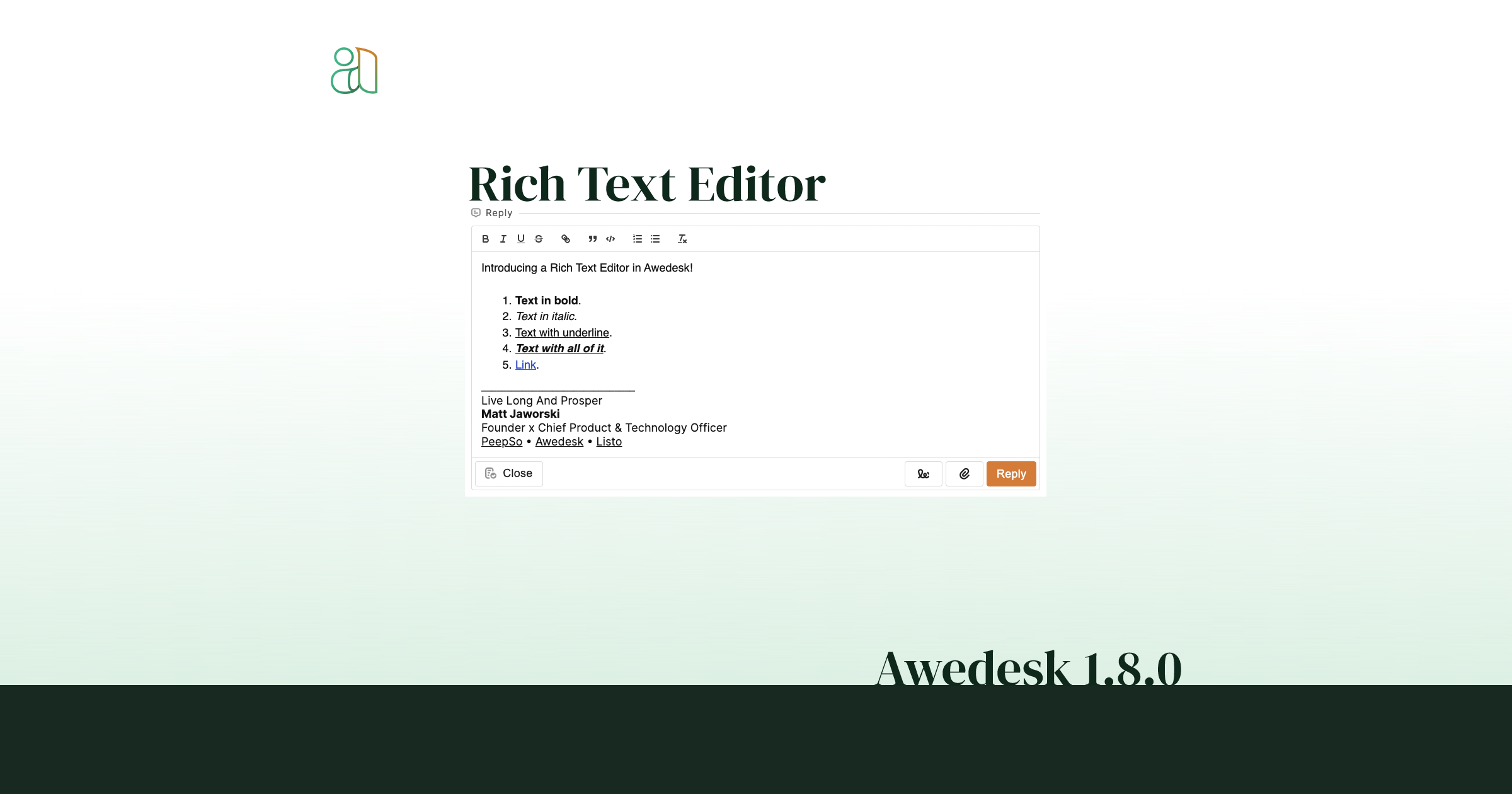In an era characterized by a plethora of options, individuals often encounter the phenomenon of choice overload—also known as choice paralysis or the paradox of choice—wherein the abundance of alternatives can lead to a state of overwhelm. In this context, we are here to facilitate one of those crucial decisions. Opt for Awedesk.
In the modern landscape of customer service and internal task management, the choice between using a traditional email system and implementing a ticketing system is critical. While email has been a staple in communication for decades, the evolution of ticketing systems offers a compelling array of benefits that cater to the dynamic needs of businesses and their customers.
A ticketing system introduces a high level of organization and prioritization that email struggles to match. It centralizes requests into one platform, allowing for efficient sorting and management based on various criteria such as urgency or type. This systematic approach ensures that no request is lost or overlooked, as can often happen in a cluttered email inbox.
The automation capabilities of ticketing systems stand out, streamlining the workflow management process. These systems can automatically assign tickets to the relevant department or individual, send out automated responses for common inquiries, and escalate issues when needed. This level of automation not only reduces the need for manual sorting and assignment but also accelerates the overall response time to customer inquiries.
Accountability and tracking are significantly enhanced in a ticketing system. Each request is meticulously tracked from its inception to resolution, providing a clear and auditable trail of actions. This visibility ensures that team members are accountable for their responses and actions taken on each ticket.
Customer service is notably improved through the use of ticketing systems. Customers receive timely updates about their request status and have access to self-service resources, which fosters transparency and can lead to higher satisfaction levels. Additionally, the collaborative nature of ticketing systems means that team members can easily work together on complex tickets, share important information, and access a centralized knowledge base, leading to quicker and more effective problem-solving.
From a managerial perspective, the reporting and analytics tools integrated into ticketing systems are invaluable. They allow for the monitoring of key performance metrics, identification of trends, and the making of informed decisions to enhance service levels. Furthermore, as businesses grow, the scalability of ticketing systems becomes increasingly important. They are designed to handle a growing volume of requests efficiently, without a corresponding increase in complexity or the need for additional staff.
Integration capabilities further extend the utility of ticketing systems, allowing them to work seamlessly with other tools such as CRM systems, live chat, and phone systems. This integration provides a comprehensive view of customer interactions across various channels, ensuring consistency and improving the overall customer experience.
The standardization and consistency offered by ticketing systems ensure that all requests are handled in a manner that aligns with the organization’s policies and procedures. This standardization not only helps in maintaining a high level of service quality but also in training new staff members.
Finally, ticketing systems serve as a rich source of customer history and insights, preserving records of all interactions. This information is a goldmine for understanding customer issues, preferences, and trends, which can be leveraged to improve products, services, and the customer experience as a whole.
In conclusion, while email may have its place for certain types of communication, the structured, efficient, and scalable nature of ticketing systems makes them an indispensable tool for businesses focused on providing exceptional service and managing tasks effectively in a fast-paced environment.




